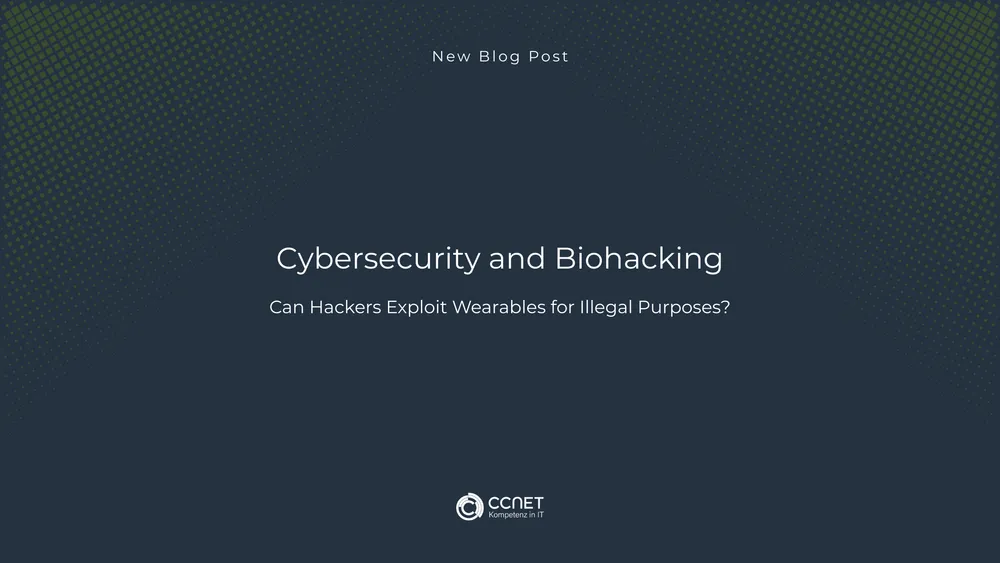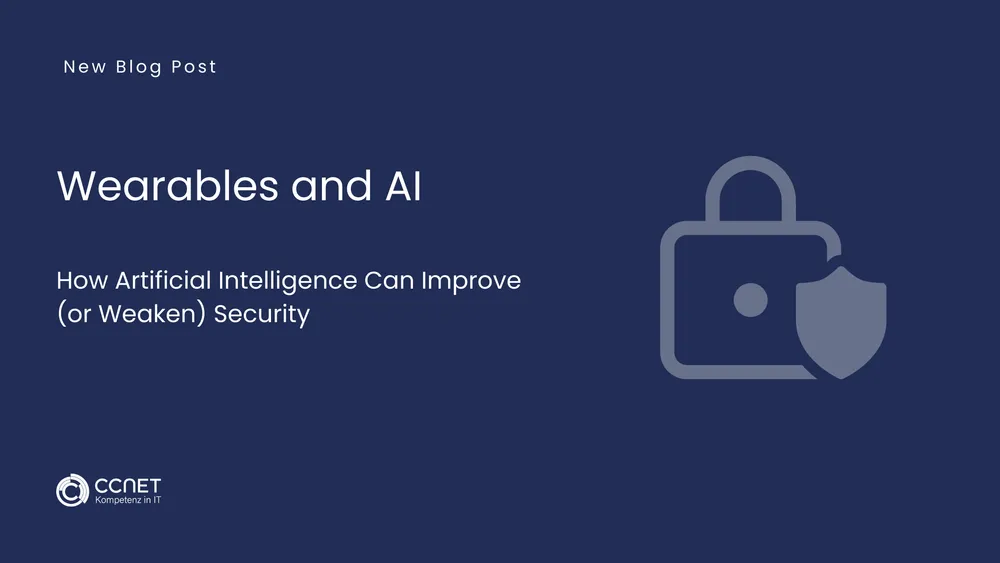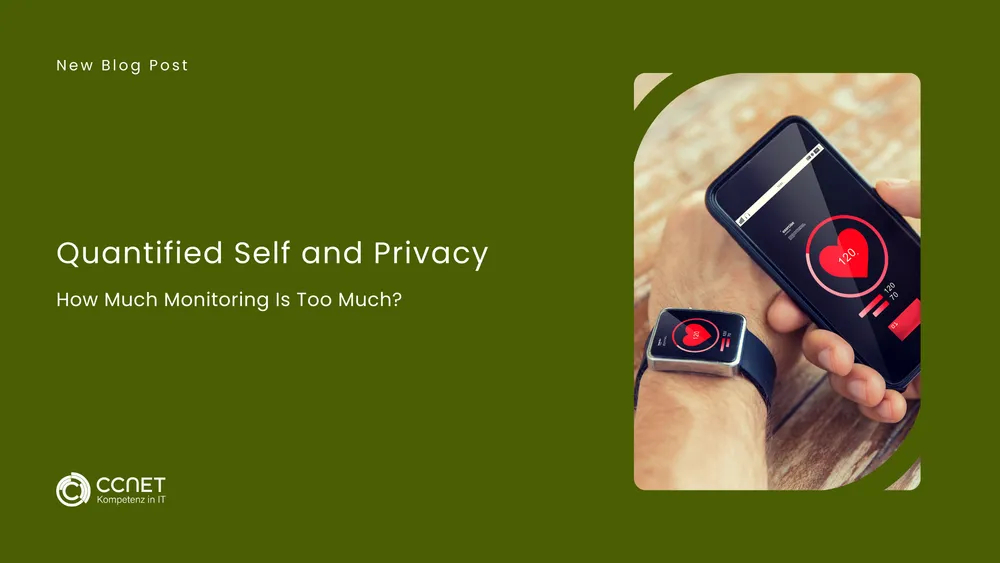
CCNet
Jul 2, 2025 • 2 min read

App Security in Wearables: Root and Hooking Detection as a Safeguard
The boundaries between humans and machines are becoming increasingly blurred. Biohacking and DIY wearables represent a new trend in digital health where individuals not only use technology but also integrate it directly into their bodies. This development opens up new possibilities—but also raises fundamental questions about safety, ethics, and identity. In this final article of our blog series, we take a closer look at the world of body-integrated technology.
1. What Is Biohacking?
Biohacking refers to the use of biological, technical, or digital methods to optimize or expand the human body. This includes:
- DIY implants (e.g., RFID chips under the skin)
- Sensor technology for continuous health monitoring
- Self-developed wearables integrated into clothing or skin
- Nutritional and genetic optimization through data analysis
Unlike traditional medical wearables, biohacking often takes place outside of established scientific or regulatory frameworks.
2. Motivations Behind Biohacking
Biohackers are driven by various motivations:
- Health optimization: Monitoring vital functions in real time
- Technological curiosity: Experimenting with the limits of what’s possible
- Self-determination: Taking control of one’s own body and health
- Resistance to commercial systems: Creating alternatives to commercial healthcare and tech platforms
3. Risks and Dangers
Despite all the enthusiasm, biohacking carries serious risks:
- Infections or complications from unprofessional implants
- Lack of medical approval or safety certifications
- Data leaks through insecure systems
- Legal gray areas, especially with regard to liability and health claims
Without professional oversight, these interventions can pose a danger to both the individual and the public.
4. Ethical and Social Questions
Biohacking challenges existing ethical boundaries:
- Do individuals have the right to modify their bodies without restriction?
- What responsibilities do developers of such technologies have?
- What if these technologies are used for performance enhancement or social selection?
These questions require a broad societal discussion about how far individual freedom can and should go.
5. Opportunities and Innovation Potential
Despite the risks, biohacking and DIY wearables also offer significant innovation potential:
- New forms of real-time health monitoring
- Alternative approaches to chronic disease management
- Empowerment of patients and users
- Development of open-source medical technologies
Some of these innovations could later be integrated into regulated healthcare systems.
Conclusion: Between Vision and Responsibility
Biohacking and body-integrated wearables stand for the future of digital health—but also for its risks. They challenge our understanding of what it means to be human and open the door to a new era of human-technology integration. To harness the positive potential of these trends, we need ethical reflection, legal regulation, and technological responsibility.


